| ISBN: | 978-3-9451-7053-3 (ePUB) |
| Copy-editing: | Alice Adams |
| Cover Design: | Philip Esch, Martin Munzel |
| Cover Photo: | fotolia # 64982978 adrian_ilie825 |
| Interior Design: | Johann-Christian Hanke |
All rights reserved
1st Edition 2015, Gleichen
2015 Espresso Tutorials GmbH
URL: www.espresso-tutorials.com
This work is subject to copyright in its entirety. All rights reserved, especially the rights of translation, recital, reproduction, and duplication. Espresso Tutorials GmbH, Zum Gelenberg 11, 37130 Gleichen, Germany
Regardless of the care taken in producing texts and illustrations, the publisher, the authors, and editors accept no legal liability whatsoever for possible mistakes and their consequences.
Feedback:
We greatly appreciate any kind of feedback you have concerning this book. Please mail us at .
Table of Contents
Dedication
To my wife, Mousumi, who stands by me and our children Rishit and Rishav, who make our life complete with joy & happiness.
Avijit Dutta
To my children Shashank and Rohan, who are the driving forces in my life.
Shreekant Shiralkar
Preface
Demand planning is an important process for supply chain management across businesses and has a significant impact on the overall efficiency of business operations. Demand planning in SAP APO is therefore, one of the most widely used modules.
The book revolves around a business scenario that requires demand planning design through SAP APO implementation. The scenario is realized progressively in chapters along with relevant concepts, business rationale, links to demand planning process flow, and the design.
The contents have been crafted for easy reading, learning, and practical application with the help of screenshots and illustrations. We recommend that readers simulate the business scenario in their SAP APO system using step-by-step procedures in the book to maximize their learning.
The book begins with an introduction to SCM and its key concepts in covering supply chain planning and execution, challenges and trends, an introduction to the major SCM solutions in the marketplace, and how they enable SCM processes.
explains how SAP APO enables SCM functions. The content focuses on SAP APO after an introduction to the different SAP SCM components and their functionality. We then briefly explain the business processes and functionality for different SAP APO modules. We also explain the SAP APO technical architecture and its integration to peripheral system.
explains the business scenario that elaborates on the business context, challenges, and how APO DP could be a solution.
explains the overall demand planning process flow that illustrates the design and deployment aspects of demand planning, including the integration of DP with APO BW and ERP. Each of the related processes/design is put onto blocks representing a uniform concept. Each of the blocks is explained in the chapter progressively with its relevance to the business scenario.
Chapters 58 explain the detailed design in APO BW, ERP, and APO DP in accordance with the overall demand planning process flow and the example business scenario. We also explain the concepts and business rationale for the choice of a specific design.
In , we explain the APO BW design that lays the foundation for gathering and loading sales history to APO DP.
In , we explain the design in ERP through configuration, master data, and transactions that enable integration between SCM and ERP for APO DP.
In , we explain the basic and foundational design in APO DP and in Chapter 8, we explain advanced design in APO DP, i.e., forecast profile, alert profiles, and macros.
Finally, we provide a set of appendices to complement the contents in the book and application of the learning on an SAP APO system. We have also included data in the appendix relating to the business scenario for its use in developing the design in the SAP APO system.
The book contents will serve the interests of beginners, who wish to understand and apply demand planning; as well as experienced professionals who want to enhance their knowledge of demand planning in SAP APO.
The sequel to this book is called Demand Planning with SAP APO Execution that builds on the contents in this book and covers the execution aspects of APO DP. We recommend that our readers to refer the sequel book to complete their APO DP knowledge.
We would like to take this opportunity to express our sincere gratitude to Mukesh Kumar, who validated and reviewed contents of the book. Mukesh is an SCM professional with extensive experience in APO and ERP and currently works for a global consulting organization.
We would also like to thank Martin Munzel, Alice Adams, Johann-Christian Hanke and the entire Espresso Tutorials publication team for their unflinching support during development of the book from its conceptual stage.
We sincerely hope readers will have a good reading experience and the book will benefit them in applying learning into practice. Only then will our efforts prove their worth.
We wish our readers a happy reading.
Avijit Dutta Shreekant Shiralkar
We have added a few icons to highlight important information. These include:
Tip
 Tips highlight information concerning more details about the subject being described and/or additional background information.
Tips highlight information concerning more details about the subject being described and/or additional background information.
Example
 Examples help illustrate a topic better by relating it to real world scenarios.
Examples help illustrate a topic better by relating it to real world scenarios.
Attention
 Attention notices draw attention to information that you should be aware of when you go through the examples from this book on your own.
Attention notices draw attention to information that you should be aware of when you go through the examples from this book on your own.
Finally, a note concerning the copyright: All screenshots printed in this book are the copyright of SAP SE. All rights are reserved by SAP SE. Copyright pertains to all SAP images in this publication. For simplification, we will not mention this specifically underneath every screenshot.
1 Introduction to SCM
Demand Planning (DP) is a key supply chain planning function that integrates and interacts with other functions of supply chain management (SCM) on continuous basis. This chapter focuses on explaining SCM in general to facilitate the context of understanding DP as we progress through the chapters of this book. This chapter focuses on both the general understanding of SCM from business perspective and SCM as an IT solution.
We will begin by introducing SCM and its key aspects in terms of supply chain planning, supply chain execution, challenges, and trends. Additionally, we will briefly mention major SCM solutions that exist in the marketplace and how they benefit SCM in business.
Supply Chain Management (SCM) is a key lever for most companies because it is one of the aspects that determine competitiveness. SCM is more relevant in the current climate in which circumstances are more dynamic and have more uncertainties than ever before.
In this chapter we explain SCM, as SCM forms the context and reason for Demand Planning; in other words, proper demand planning contributes to SCM. Demand planning itself does not operate in isolation in respect to other supply chain functions as it is continuously impacted by the other functions in the supply chain. Therefore, in order to focus and understand demand planning it is essential to understand SCM; because it is in this SCM space that demand planning makes its mark (i.e., takes inputs and provides outputs back to SCM). To ensure successful demand planning, we need to be sensitive to the factors in the supply chain that can potentially impact demand planning and consequently, supply planning as companies continue to struggle to adjust supplies and production in highly volatile market dynamics. We will, therefore, dedicate this chapter to SCM for your generic understanding.


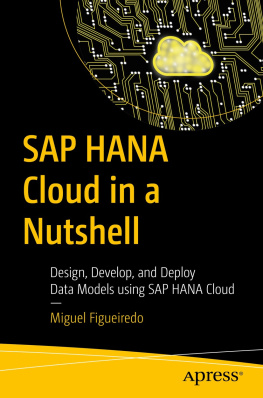
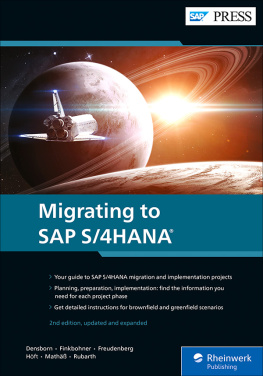
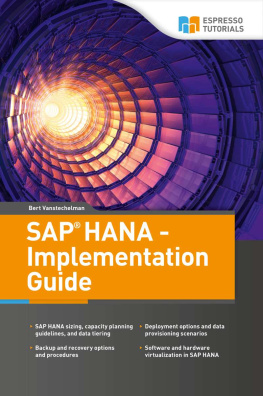
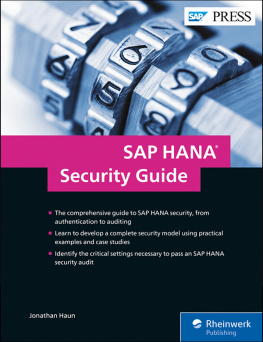
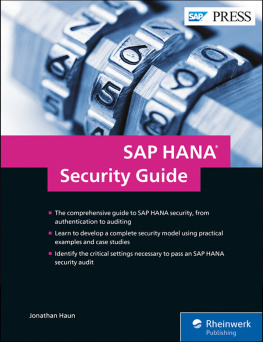
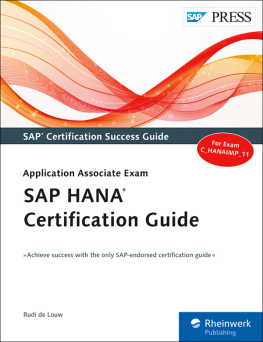
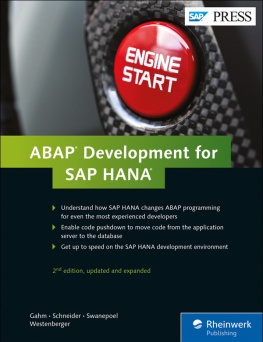
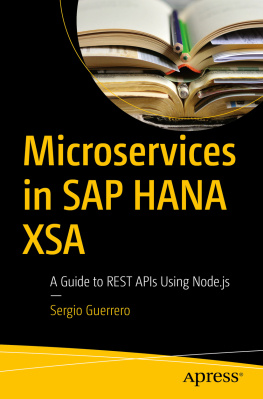
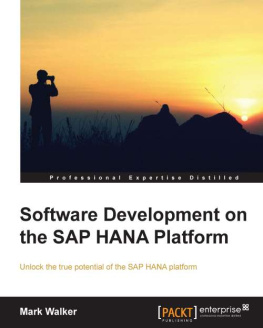
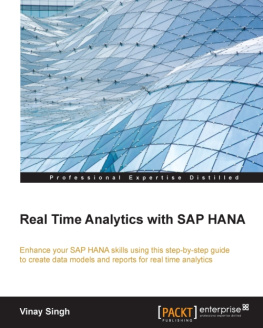
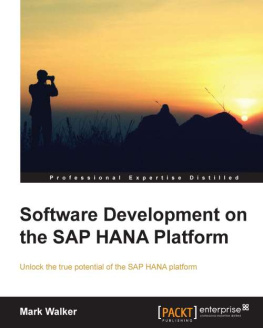
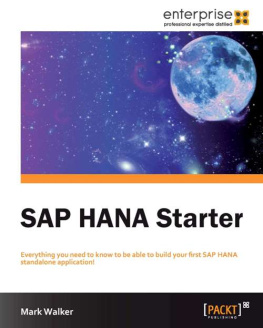

 Tips highlight information concerning more details about the subject being described and/or additional background information.
Tips highlight information concerning more details about the subject being described and/or additional background information. Examples help illustrate a topic better by relating it to real world scenarios.
Examples help illustrate a topic better by relating it to real world scenarios. Attention notices draw attention to information that you should be aware of when you go through the examples from this book on your own.
Attention notices draw attention to information that you should be aware of when you go through the examples from this book on your own.